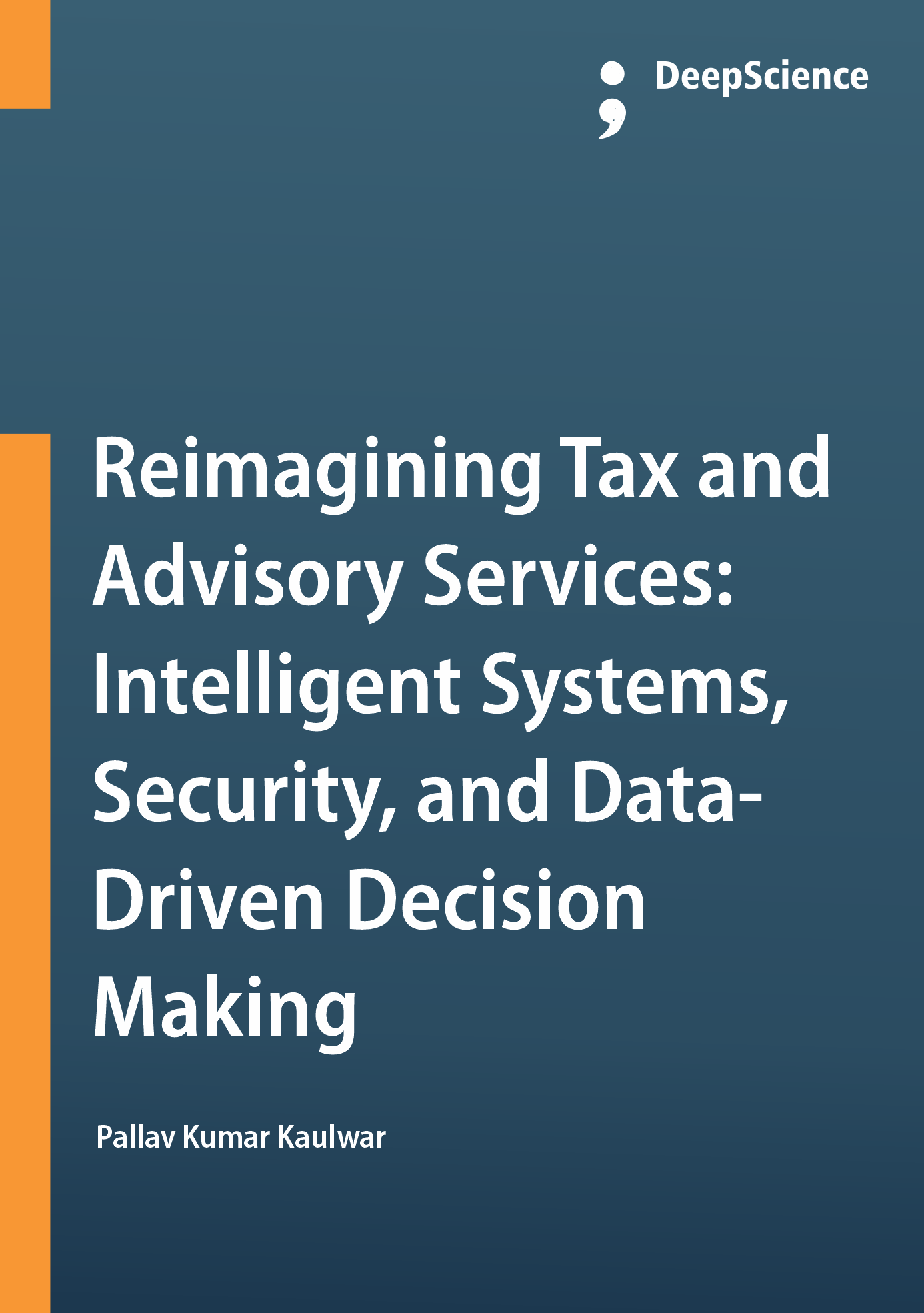Agentic artificial intelligence in enterprise advisory: From automation to autonomy
Synopsis
AI has gone through distinct phases as it moves from automation to agentic systems. Application focus addresses individual automation use-cases with limited capabilities to extend impact beyond, often with insufficient company-wide buy-ins. Integrating AI into end-to-end processes with better solutions for data accounting and governance deals with more complex cross-departmental workloads. AI’s capabilities increase significantly when integrated into organization-wide or ecosystems-transcending multi-agent systems addressing professional domains like finance. However, authority allocation becomes a critical concern at these scales, reversing established human hierarchies with AI recommendations lying at the core of partial autarchies. This paper discusses how AI systems figuratively migrate away from corporate premises and discusses the possible effects. The first goal is to help P with technical-scientific knowledge development for generative AI. Within the enterprise advisory domain, the human-involved information works within the framework of cyber-physical-social eco-systems. The second goal is to help consequential info enterprises with requesting, inquiring, and managing generative AI services to develop artifacts, text documents, models, and software. In P’s practical experience, given a conceivable multi-modal capabilities implementation, the outputs of the advisor manager are structured, prescriptive data-transformation queries following the firm’s simulation & digital-twin enterprise framework. Against the synthetic pretext of an absurdly simple practical solution, the proposed system is possible regarding a multi-modal LLM/GNN. This results in visible technology transfer as the float-out of multi-modal transformation production systems. The proposed implementation adheres to the principle of unrestricted availability of AI-powered tools, following dislikes towards monopolies of automated kitchen bots. All advisory firms offer basic tasks/proficiency generative data doodles as off-the-shelf tools free of further cost. With proper P training, integration of the final output with the production system states is partly automated. Local implementation is also possible using GPT variants and stable-diffusion-like systems with open-source release API wrappers. The planned automation proposal is reversible with a ‘back2human’ feature. Finally, within a market political-social research pilot study, generative-aided returns of non-loss-making production decisions are less than a 1% increase from pre-AI levels.













